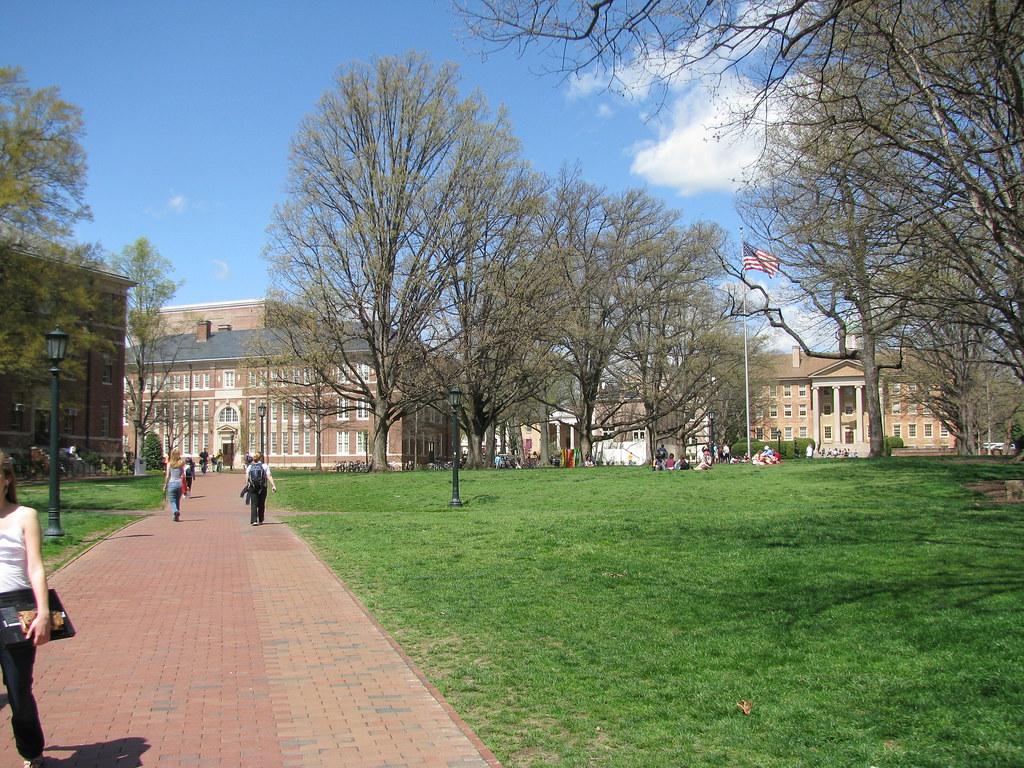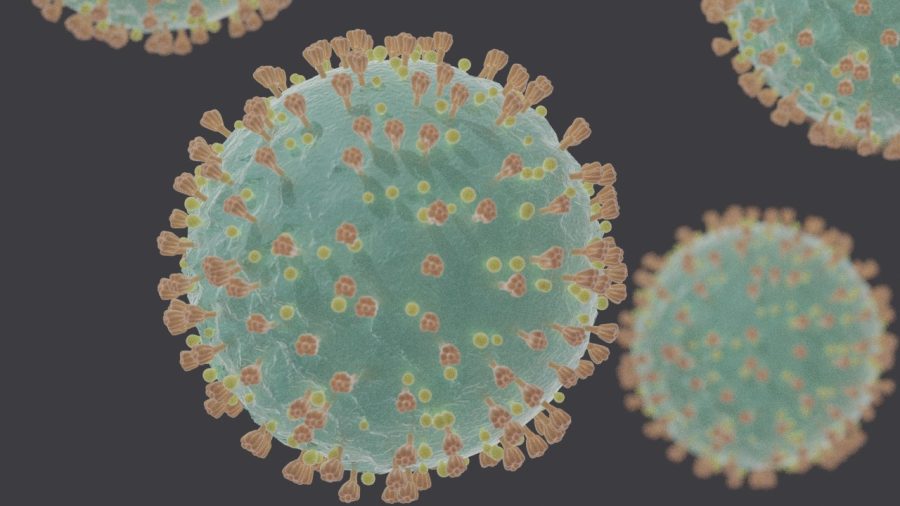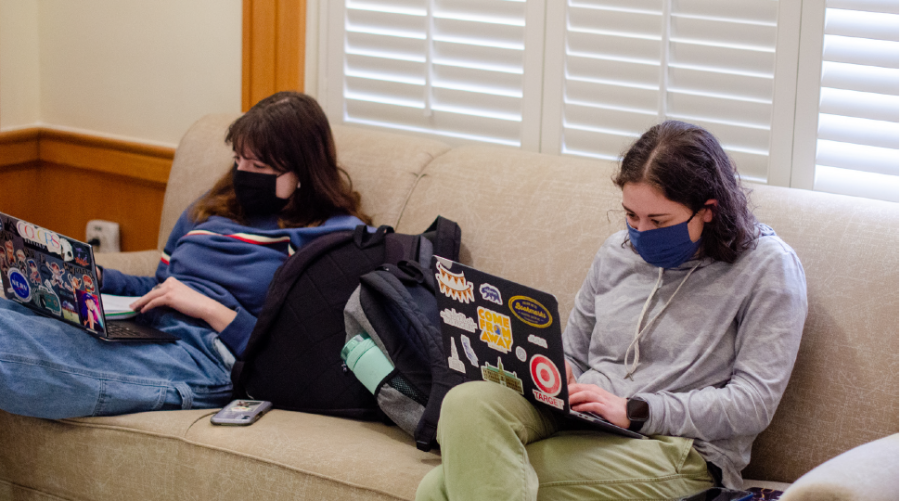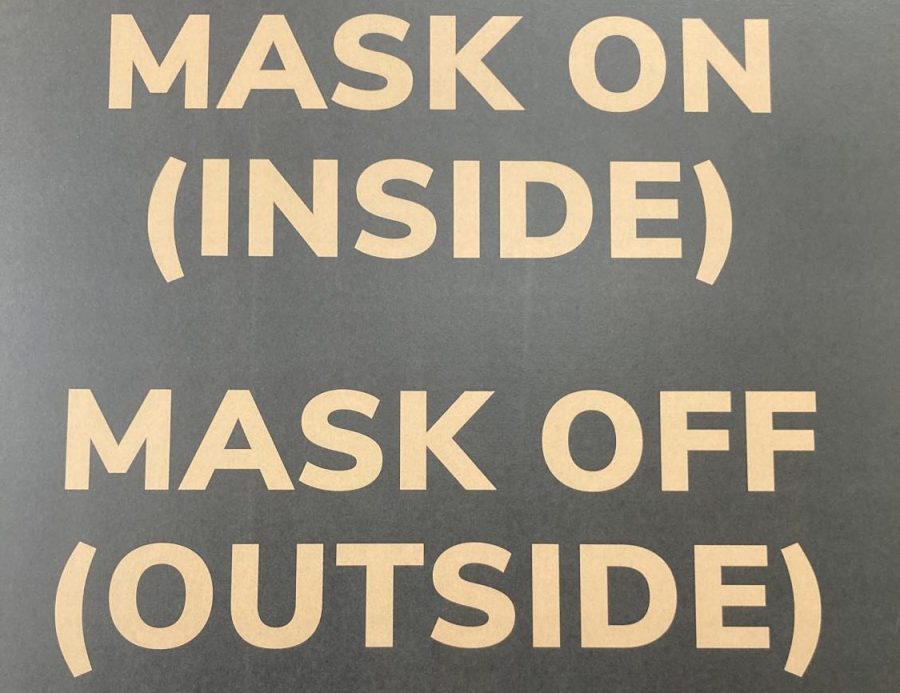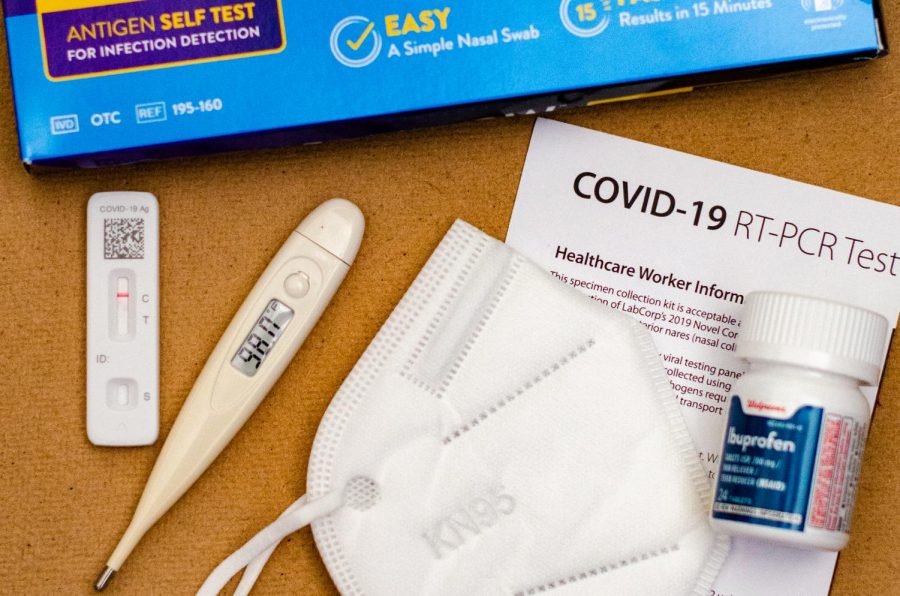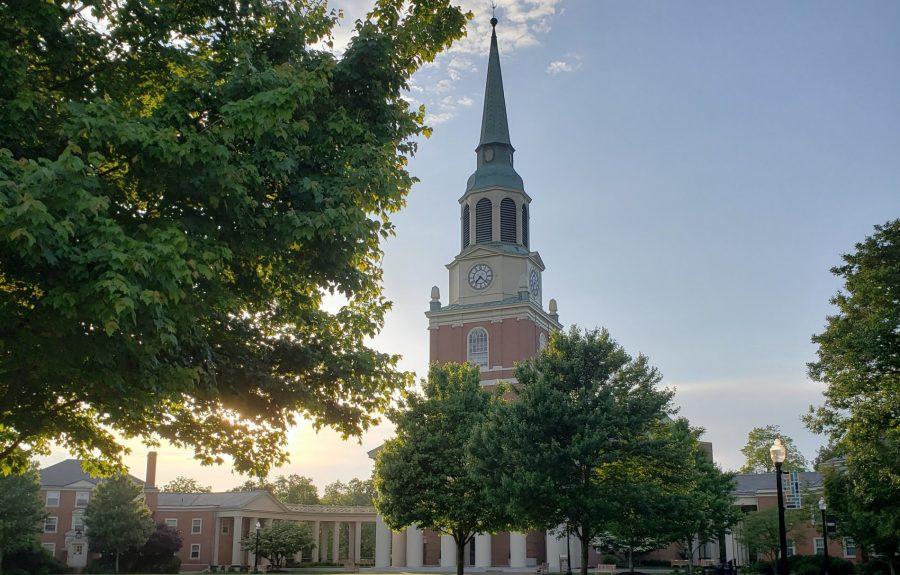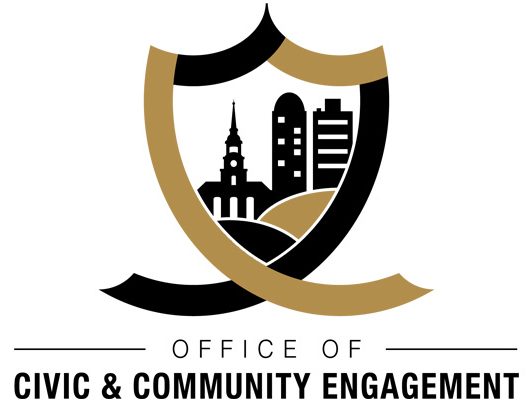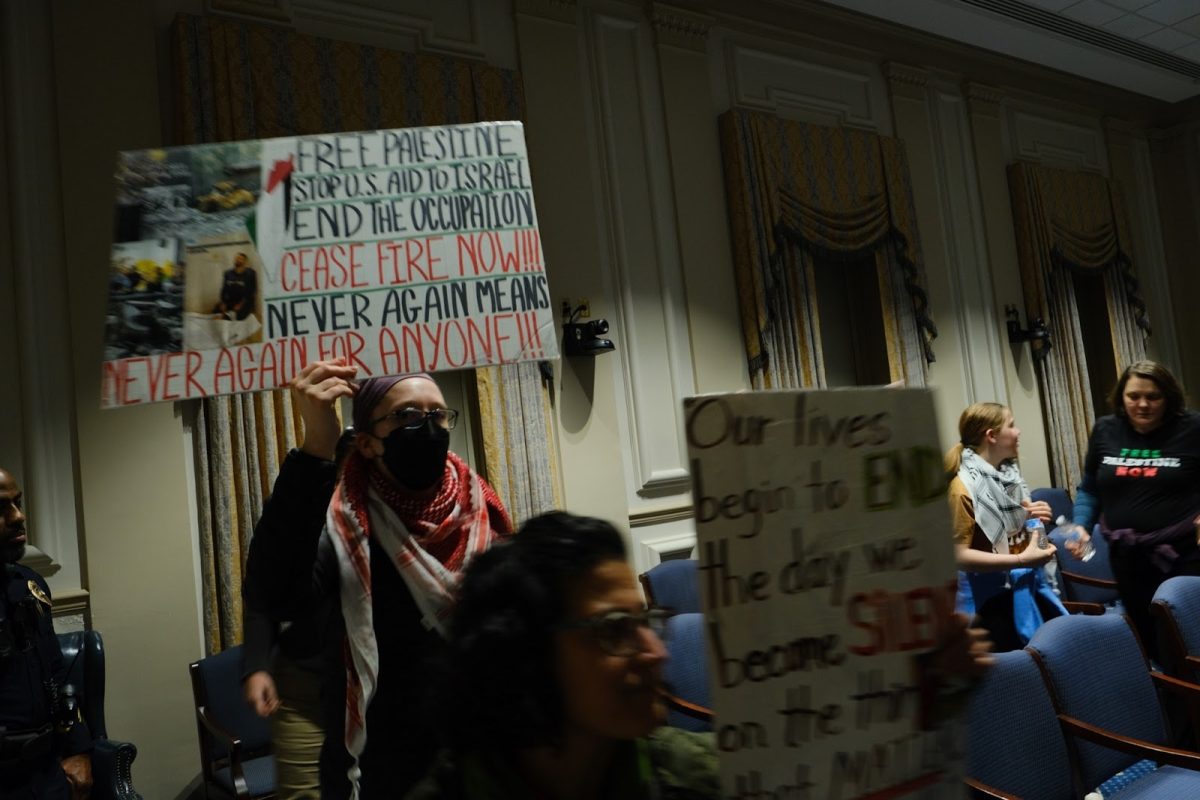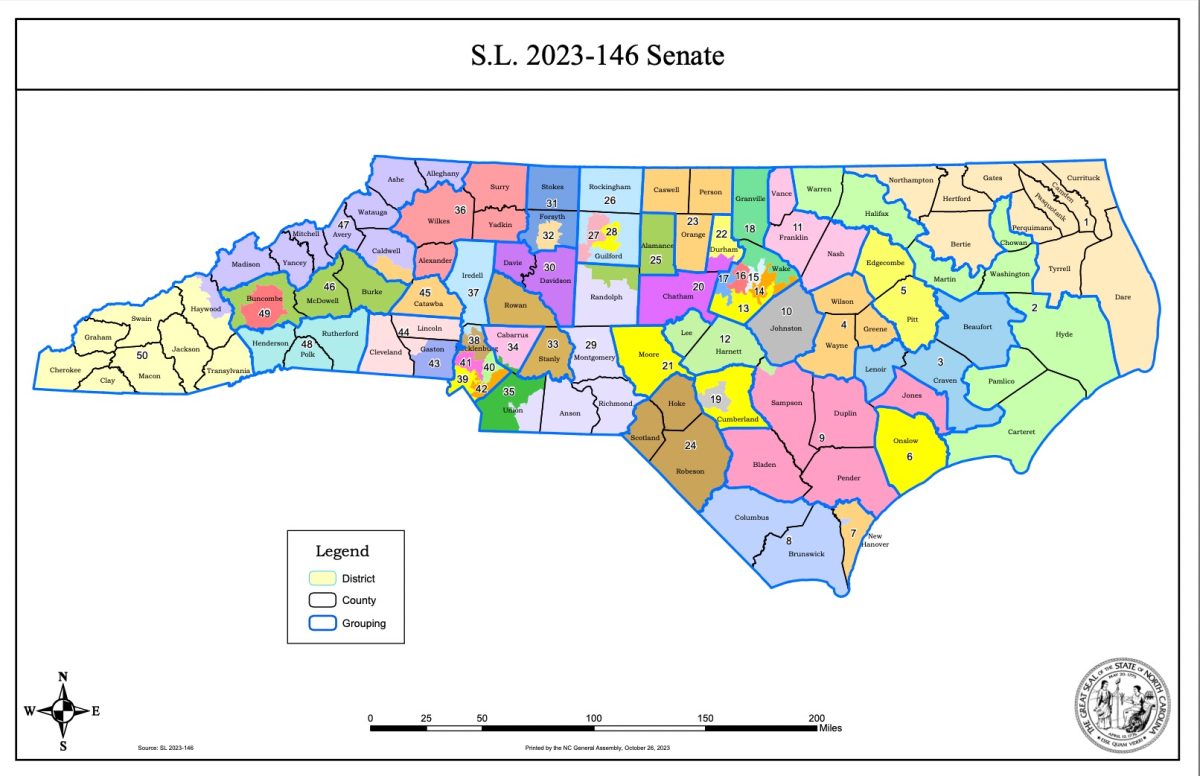The recent decisions by UNC-Chapel Hill and North Carolina State to shift all undergraduate classes online has many Wake Forest students wondering whether their university will soon follow suit.
UNC’s reopening guidelines included all the basic precautions: social distancing, masks, the self-monitoring of symptoms and size limits on gatherings. A week after classes began, however, UNC’s quarantine dorm was almost filled to capacity. Outbreaks grew, and UNC had to revise its plan to keep students safe. With over 500 students in quarantine and isolation, NC State took the same measure on Aug. 20.
In the aftermath of these events, President Nathan Hatch sent a message to Wake Forest students on Friday, Aug. 21, warning them about the high stakes under which the school is operating this semester.
“Our success relies on each person doing their part,” Hatch said. “Please remember as we go into the weekend, one large gathering, one party that infects a large number of people, can close us down.”
The university’s Our Way Forward plan underscores how the entire community has a responsibility to adhere to the guidelines outlined on the site. That includes students wearing masks and social distancing, but also includes the university’s administration embracing the reality that the college experience transcends the classroom. The student experience at Wake Forest is just as much a social experience, where one feels a sense of community and inclusion, as it is an academic experience.
Hatch’s cautionary words capture a very small part of the reality on campus and, like the initial plan at UNC-Chapel Hill, will likely not be sufficient to protect against outbreaks.
Freshmen came to campus last week yearning to make new friends. Upperclassmen reunited after having their spring semester cut short. The temptation to socialize and gather in groups is high. In addition, as both students and administrators know, the first week of classes is notorious for parties as the intensity of classes has not yet kicked in.
The challenges facing the Wake Forest community are exacerbated by actions taken to de-densify residence halls. With an increased amount of students living off-campus, the university has less control over student activity.
Students at other universities have taken an activist approach against their school’s reopening plans. At UNC, students, faculty and campus workers gathered to protest the university’s reopening. The protesters began with a moment of silence for those who passed away from COVID-19, and they then laid on the quad for over 30 minutes. Lying down was intended to send a message of accountability: when the Chapel Hill community became infected with COVID-19, the university would be accountable.
The reality of living on campus through the current pandemic is clear: there is risk. The extent of that risk will likely hinge on collective efforts to work together and be transparent about what is taking place on campus, but there is no way to completely shield students from the spread of the virus at Wake Forest.
With multiple college campuses in close proximity to Wake Forest having to make dramatic changes to their semester plans, the question for the Reynolda campus community is obvious — will the university go remote? Will the current approach to the virus be sufficient, or will it result in outbreaks even greater than those seen elsewhere?
Although circumstances may seem discouraging, there is a potential silver lining: Wake Forest has the ability to learn from the experiences of other schools. In fact, on Tuesday, the university implemented new safety measures. These measures include surveillance testing and a campus operating color-coded status system. There are five colors included in the status system: Green, Yellow, Orange, Red and Purple. Each color indicates a different level of viral presence in the Wake Forest community. Depending on the color/operating level of the university, different restrictions will be implemented (to learn more about the dashboard, turn to page 1). As of Aug. 26, the university’s operating level is Yellow, which signifies the campus will be operating under “new normal” restrictions.
The WFU administration also released a COVID-19 dashboard that sets forth the amount of positive, laboratory-verified test results that have been communicated to the university. As of Aug. 26, the dashboard confirms 11 cases, with four of those over the last five days. The university was not clear about how many tests were performed in order to confirm these positive cases. In a message to the campus community on Aug. 25, Hatch explained the purpose behind the new initiatives.
“These three measures will aid our ability to be prepared, stay informed and remain healthy,” Hatch said.
However, in the midst of new school closures throughout North Carolina, the question still remains: will these measures be enough to keep all Wake Forest students safe?

